[et_pb_section fb_built="1" _builder_version="4.16" _module_preset="default" custom_padding="0px||0px|||" da_disable_devices="off|off|off" global_colors_info="{}" da_is_popup="off" da_exit_intent="off" da_has_close="on" da_alt_close="off" da_dark_close="off" da_not_modal="on" da_is_singular="off" da_with_loader="off" da_has_shadow="on"][et_pb_row _builder_version="4.16" _module_preset="default" width="100%" max_width="650px" global_colors_info="{}"][et_pb_column type="4_4" _builder_version="4.16" _module_preset="default" global_colors_info="{}"][et_pb_image src="https://endeavorexteriors.com/wp-content/uploads/2022/03/Window-Replacement-Guide.jpg" alt="Window Replacement Guide" admin_label="Image" _builder_version="4.17.6" _module_preset="default" global_colors_info="{}"][/et_pb_image][et_pb_text _builder_version="4.16" _module_preset="default" global_colors_info="{}"]
Replacing the windows in your home is a big expense. A lot can go wrong, including the possibility of living with regret for years after the update.
Trying to decide on the best replacement windows for your home can feel overwhelming. Each option has advantages and disadvantages. Is there really a "best" choice?
Your final decision may depend on budget, aesthetics, functionality, energy efficiency, or whatever insurance will pay for. But with the right considerations, most people can find the best types of windows for them.
This step-by-step guide walks you through all the aspects of choosing new windows. Materials, designs, trends, and more.
- Some things to consider when choosing windows:
- What materials are available now?
- What manufacturers should you consider?
- What types of windows are best for your area?
- What are the differences between all these options?
- What will last?
We'll go through the top types of windows, materials, and designs people choose today. Plus, we'll reveal our top pick for the best types of windows to have in Colorado.
First, we'll cover what's trending. Then dig into the different types of windows.
[/et_pb_text][et_pb_text _builder_version="4.16" _module_preset="default" custom_margin="60px|||||" global_colors_info="{}"]Step 1: Window Trends in 2022
1. Ventilation through indoor/outdoor living
It's no secret that Coloradans enjoy the outdoors and the smell of fresh mountain air. Indoor/outdoor windows are a popular option to merge the best of both worlds while increasing indoor ventilation.
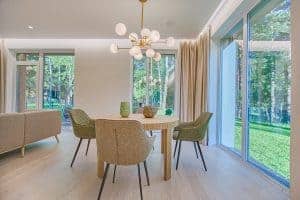
2. Large windows
Imagine a wall in your space with floor-to-ceiling windows. Does the wide-open view excite you? Or do you think, "Great, now people can see into my house a mile away..."?
For some people, large windows create an open feeling and bring in natural light, making the room feel fresh. Others just feel exposed. Either way, it's worth thinking about for your window update.

3. Accessibility
The Baby Boomer generation chooses to stay in their homes longer as they age, meaning accessibility becomes extremely important. Window manufacturers are constantly innovating in this area. For example, Pella recently introduced the Easy Slide Operator for awning and casement windows. It has a sliding mechanism that requires just finger-based movement to open and close, completely replacing cranks and levers. Easy-to-use for any age!
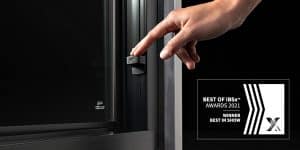 Pella’s easy slide operator
Pella’s easy slide operator
4. Black frames
Black window frames are the modern look of today. They pair nicely with light gray and white interiors. If you like the look, go for it!
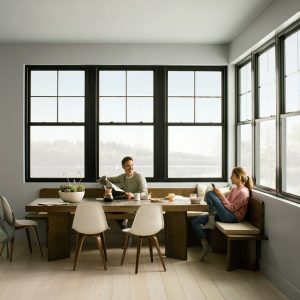 Black Framed Fiberglass Windows
Black Framed Fiberglass Windows
5. Energy efficiency
Is saving money more important than style? Windows that are double- or triple-paned insulated glass keep your home warm in the winter and cool in the summer. With fade protection, they can also help protect against UV rays. This prevents yellowing and discoloration of anything that sits in the sun.
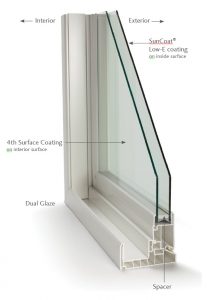 Energy Efficient window by Milgard
Energy Efficient window by Milgard
6. Noise control
Do you live by a noisy street or back up to a train track? The latest windows do an incredible job at noise reduction. I don't know about you, but I would rather sleep without outdoor background noises.
 Pella Soundproof window
Pella Soundproof window
Something that's trending now might not be in the future. So don't take these as absolute must-haves for your home. Instead, use them for inspiration. What do you want now? What do you think you'll want in 10 years? Even if they're not "trending" down the road, you may still love them.
[/et_pb_text][et_pb_text _builder_version="4.16" _module_preset="default" custom_margin="60px|||||" global_colors_info="{}"]Step 2: Choose a Window Material
Regardless of the shape or particular look of the window you choose, the window frame material may be one of the most important factors to consider.
Fiberglass
Fiberglass is a top choice when it comes to low-maintenance, high-performing windows. If you're a homeowner that prefers to not worry about maintenance or durability, fiberglass is a great option.
Fiberglass offers a wide range of colors and styles to choose from and doesn't need to be repainted.
It's also a greener option for the planet and your home. It's made from recycled glass and doesn't release the harmful toxins that vinyl windows do. Fiberglass requires less energy to produce. 80% less energy than aluminum and 40% less energy than vinyl! This means fewer harmful gasses impacting the environment.
One of our favorite manufacturers, Pella, has done extensive testing and found their fiberglass to be more than 11 times stronger than vinyl and resist bending and breaking. Their fiberglass is also twice as impact-resistant as vinyl. That means it's twice as able to withstand a sudden force that could cause breaking — like hail.
Overall, this is an excellent option for homeowners in Colorado. It handles rough weather well, has a better environmental impact than other options, and stands the test of time.
Cost: Fiberglass typically costs less than wood but more than vinyl.
Pros:
- Lasts up to 50 years
- 8X stronger than vinyl
- 15% more energy efficient
- Resists warping and cracking
- Great sound & heat insulator
Cons:
- Costs 10 to 30% more than vinyl windows
- Fewer color options than wood or vinyl
- Professional installation is required
Vinyl
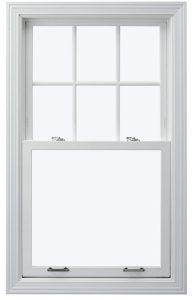
Vinyl window material is the most popular material option due to it's low-maintenance and energy efficiency. This window material never needs painting and can last 20 years.
Vinyl expands and contracts with the temperature. This means it becomes softer when warm and more brittle when cold. Colorado weather changes frequently, so this cycle wears down the material much faster.
Most manufacturers also build in UV inhibitors. But with 300 days of sunshine a year, even UV inhibitors might not prevent all discoloration.
Since heat is absorbed by darker colors, most vinyl windows come in white to reduce the amount of expansion.
Vinyl windows can give you the best insulation, but there are different grades of vinyl. These grades change air infiltration and Energy Star ratings.
Low-grade vinyl windows tend to have terrible air infiltration ratings, leading to drafty windows.
Mid-grade vinyl windows meet Energy Star standards and have satisfactory air infiltration ratings. For most people, these windows are an upgrade from your current windows.
High-grade vinyl windows meet Energy Star standards, and they only have a 5% allowance when there is direct wind. Better air filtration and less possibility for draft and noise!
Quality vinyl windows have high Energy Star ratings and air quality. Choosing higher quality vinyl windows could be the difference between a longer life span, less maintenance, and costly repairs down the road.
If you're looking for a low-maintenance window that won't break your budget, vinyl windows might be a good option.
Cost: Less than fiberglass and wood
Pros:
- ROI of 74%
- can last up to 20 years
- cheaper than other options
Cons:
- Potential to warp and crack
- Expands and contracts in hot/cold temperatures
- Can cause air leaks leading to costly repairs
- Not environmentally friendly
- Releases harmful chemicals if melted and during production
- Poor sound insulation
- Not easily repainted
Aluminum
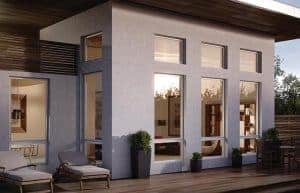 Aluminum windows by Milgard
Aluminum windows by Milgard
Aluminum is low-maintenance and built to last. It's a budget-friendly option that gets the job done.
Aluminum is a cheaper window option for homeowners. It offers moisture resistance, and you won't have to worry about it warping because the aluminum is made to be resistant to damage and keep its shape.
Great for warmer climates, but not the best for long, cold winters. The insulation is lacking compared to some of the other materials out there. The metal soaks up the sunshine and can increase your energy bills.
Aluminum windows have an industrial and modern feel with reliable and long-lasting material. They come in a wide range of colors and styles.
Aluminum is easily customized to fit specific spaces and is a more versatile window material.
Like any other type of metal, aluminum is more prone to corrosion. While it is great for your wallet, this may not be your top option for Colorado weather.
Cost: Lowest cost
Pros:
- Last up to 20-25 years
- ROI of 60 to 80%
- Low-maintenance
- Environmentally friendly
Cons:
- Lack energy efficiency
- You'll have to replace your windows if you want a different color
- Poor insulator of heat
Composite
You will typically hear composite in the same sentence as fiberglass. Just to clarify: there is a difference. "Composite fiberglass" and "fiberglass" are not the same thing.
Composites are made of a combination of materials such as sawdust and polymer. Composite fiberglass is a combination of materials, not full fiberglass. This does not mean it's a bad thing, just something to understand and be aware of.
Composite windows combine the strength and durability of wood with the low maintenance of vinyl or aluminum. They can come in a variety of styles and colors.
Cost: More than vinyl, less than wood
Pros:
- Strong and rot-resistant
- Good for hail (less likely to be damaged)
- Can be energy efficient (with the right kind of composite)
- Lots of colors
- Eco-friendly, made from recycled materials
Cons:
- Almost as expensive as wood
- Too many options; needs research to choose one
- Many manufacturers, hard to know who to trust
Wood
Wood windows are a traditional style used for hundreds of years. They are high quality and bring warmth into your home. They're also the most expensive window replacement option.
Wood windows are incredibly high-maintenance on the interior. You'll have to frequently clean it and either paint or stain the wood. If you love the look of wood and don't mind a maintenance routine, wood windows might be the perfect option for you. Wood windows last 10-20 years and can give your home a boost in aesthetic value.
While wood windows add value to a home, they are challenging to maintain.
Cost: Highest, more than vinyl and fiberglass
Pros:
- Lasts up to 10-20 years
- ROI of 78.8%
- Bring architectural appeal to your home
Cons:
- High-maintenance
- Prone to moisture and insect damage
- Lacks energy efficiency
- Not long-lasting like competitors
If you're looking at wood windows, it all comes down to how much maintenance you want in your routine. With the highest ROI of all window upgrades, wood is a safe and quality choice.
Best Window Material in Colorado
The best window to have in Colorado is… Fiberglass. Durable and low maintenance, fiberglass is ideal for homeowners looking for easy upkeep.
With Colorado's unpredictable weather, it's essential to have windows that can withstand both sunshine and colder seasons while keeping you and your family comfortable.
Fiberglass windows are an all-around window to have in Colorado. You can feel good knowing you picked a sustainable material that doesn't have a big carbon footprint.
[/et_pb_text][et_pb_text _builder_version="4.16" _module_preset="default" custom_margin="60px|||||" global_colors_info="{}"]Step 3: Types of Windows
Now is the fun part: we get to choose the window style! This is mostly about looks. But don't forget to consider any accessibility needs you might have. Think about if you'll need certain features when opening and closing the windows before making your choice.[/et_pb_text][et_pb_text _builder_version="4.16" _module_preset="default" global_colors_info="{}"]Double-hung
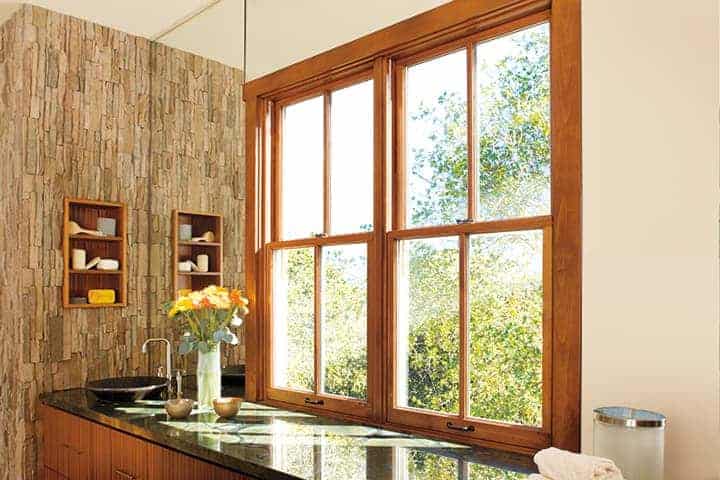 Image by: Pella
Image by: Pella
Single-hung
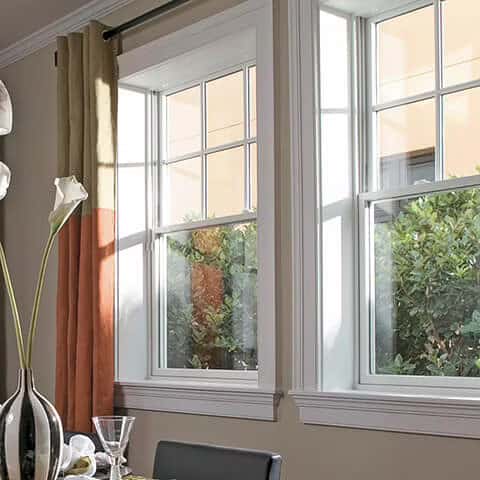 Image by: Pella
Image by: Pella Slider
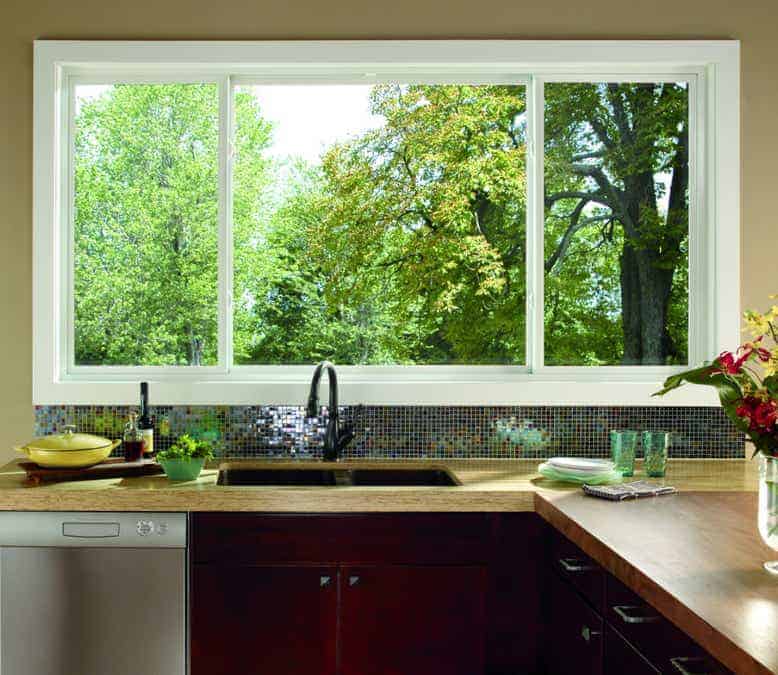 Image by: Pella
Image by: Pella Casement
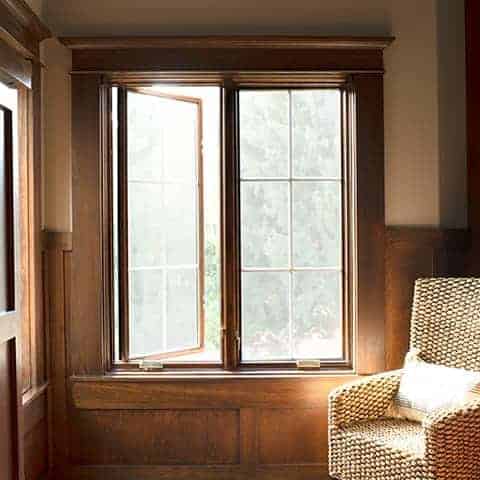
Awning
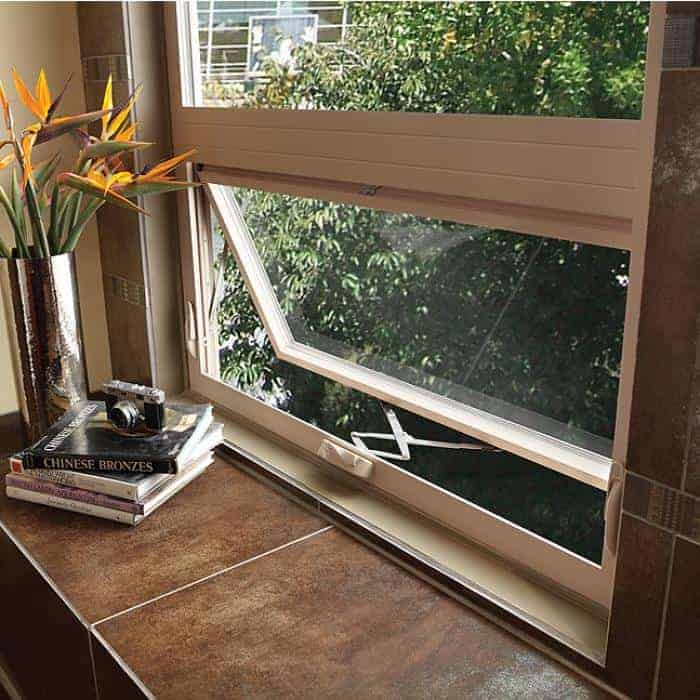 Image by: Milgard
Image by: Milgard Garden
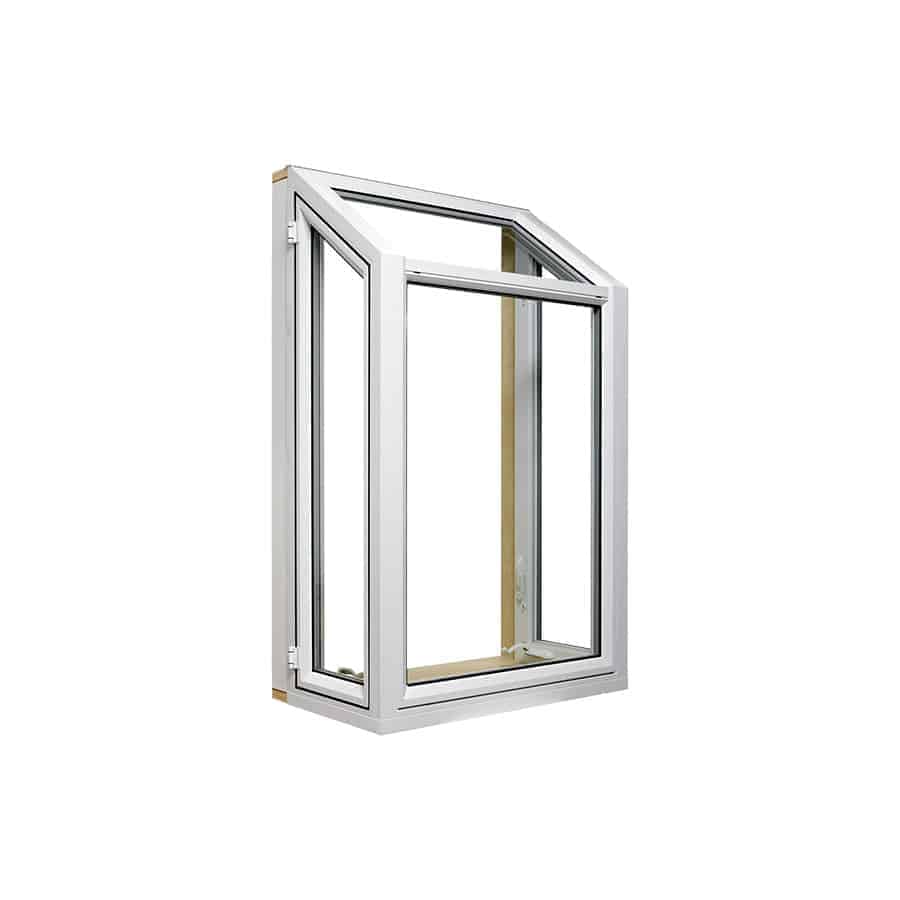 Image by: Simonton[/et_pb_text][et_pb_text _builder_version="4.16" _module_preset="default" custom_margin="60px||60px|||" global_colors_info="{}"]
Image by: Simonton[/et_pb_text][et_pb_text _builder_version="4.16" _module_preset="default" custom_margin="60px||60px|||" global_colors_info="{}"]Step 4: Pick The Best Pane
 Image by: brennancorp.com
Image by: brennancorp.com Single-Pane (also known as Single Glass Glazing)
A single-pane window only has one pane of glass. This type of window offers little protection from the heat and cold. Single-pane should not be at the top of your list if you live in Colorado. It's the least energy-efficient.
Double-Pane (also known as Double Glass Glazing)
Double-pane windows have two layers of glass and are the most common type of window found in homes. These windows are popular due to their greater energy efficiency, durability, and lower noise pollution. Double-pane windows are great for homeowners looking to get energy savings and enjoy a quieter home.
Triple-Pane (also known as Triple Glass Glazing)
Triple-pane glass offers the most significant energy efficiency by having three layers of glass. The extra pane provides a durable, heavy, and well-insulated window that keeps your home protected. This is best for homeowners looking to heavily regulate their home's temperature and greatly reduce noise pollution.
Step 5: Choose Your Type of Glass
Insulated Glass
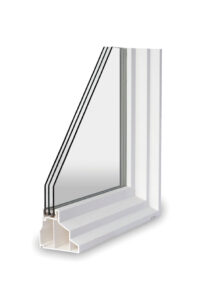 Image by: Milgard
Image by: Milgard
Insulated glass inserts a layer of gas between the two panes of glass to help regulate your home's temperature and increase energy efficiency. It helps stay warm during the winter and cool during the summer. Most windows sold today come with gas in between the panes. Here are some pros and cons of choosing insulated glass for your home.
Pros:
- Security & Safety
- Difficult to open/break-in from the outside
- Energy Efficiency
- Gas inside is denser and makes it harder for heat and cold air to escape
- Reduce Noise Pollution
- Insulated glass can help slightly reduce noise pollution
Cons:
- Fog
- The gap in between pane causes cloudiness
- Expensive
- Costs between $150-$800 per window
- Difficult To Replace
- If your window is damaged, you'll have to replace the whole window
Tinted and Coated Glass
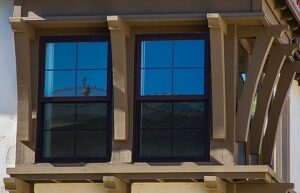 Image by: Milgard
Image by: Milgard
Cars aren't the only things with tinted windows these days. This is a great window option that can add color to your windows, increase privacy, and add a unique flair to your home. There are three types of tinting available: solar, security, and decorative.
Pros:
- Added Privacy
- The tint makes it difficult for outsiders to look into your home
- Security
- It would take an intruder a while to break through the tint and window
- Solar Protection
- Blocks out harmful UV rays that can damage electronics, fabric, and furniture
Cons:
- Block Heat
- Less sunshine getting in during the winter could mean using the heat more and costing you money
- Expensive
- Costs $5-$8 per square foot
- Less Effective At Night
- With your home's lights on, a passerby might be able to see in
Low- E Glass
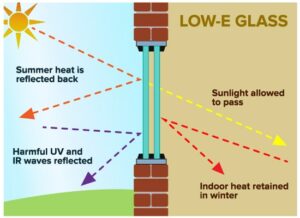 Image by: glazcon.com
Image by: glazcon.com
Low-E Glass windows are designed to block UV and infrared light while letting in as much visible light as possible. UV light and infrared are felt as heat. The goal here is to prevent heat from coming in during the summer and escaping during the winter.
Low-E windows do this with a thin coating (thinner than a piece of hair). That coating reflects these specific types of radiation — UV and infrared.
Think of Low-E glass like a thermos. The coating repels the UV and infrared light in the summer, keeping the heat out of the house. Then, the coating blocks the UV and infrared from leaving the house in the winter.
Pros:
- Improved Energy Efficiency
- Designed to be energy efficient
- Less UV Damage
- UV rays won't be able to make it through the window as easily
- Reduce Condensation
- Low-E Windows minimize or eliminate condensation
Cons:
- Expensive
- Costs $40-$55 per window to add it to your existing windows
- Blocks Heat
- In colder climates, not having heat from the sun can make it colder in your home
Tempered Glass
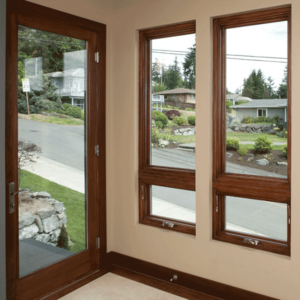 Image by: uswindow-door.com
Image by: uswindow-door.com
Tempered glass is a window heated to a high temperature and cooled quickly. This process strengthens the outer layer of the glass to help it withstand potential impacts. This type of glass should only be used in certain places in your home, such as skylights, shower doors, windows adjacent to a door, etc.
Pros:
- Heat Resistant
- It won't shatter when exposed to high temperatures like regular glass
- Safer
- If broken, it shatters into pebble-sized pieces
Cons:
- Rare Spontaneous Glass Failure
- The compression strength might cause it to shatter out of nowhere
- Distorting
- It can develop waves in the glass distorting the view
- Expensive
- Costs $12-$14 per square foot.
Laminated Glass

If you're looking for added security, laminated glass is a great option. Laminated glass is made by gluing two or more layers of glass together. You can change the color, design, and thickness of the glass based on your needs. The extra layers make it difficult to break into. It will crack when it breaks rather than shatter.
Pros:
- Reduces Noise Pollution
- Layers of glass make it difficult for sound waves to travel through
- UV Protection
- Special film blocks UV from damaging interior furniture
- Impact-Resistant
- Withstands extreme weather like hurricanes or tornadoes
Cons:
- Poor Installation
- Finding a professional helps ensure these windows meet their abilities when put in
- Expensive
- Costs up to $950 per window
These windows are best for noise reduction. Laminated glass is an excellent option if your tranquility involves peace and quiet. Its UV protection and impact resistance make it a great window upgrade.
[/et_pb_text][et_pb_text _builder_version="4.16" _module_preset="default" global_colors_info="{}"]Step 6: Top Window Manufacturers
Alright, you've nailed down what's important to you. Now that you know what type of material, design, and glass you're looking for, we have one last question. Who makes this stuff?
Here are three fantastic manufacturers for you to explore with top-quality products regardless of which one you choose.
Milgard
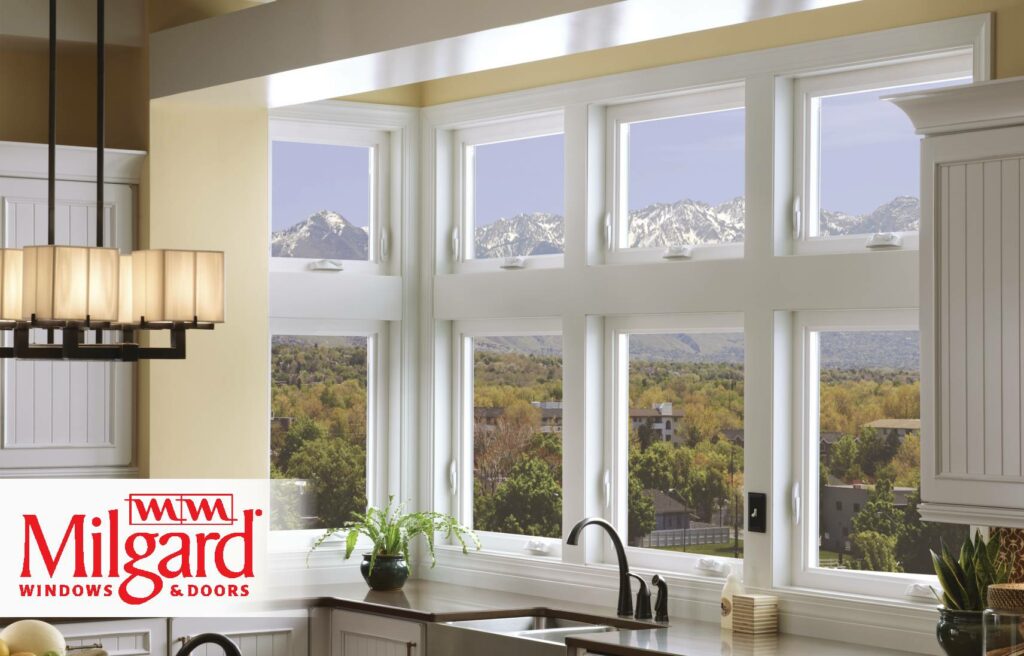
Milgard is unique because they produce their own vinyl components and fiberglass frames. They even temper their own glass and have done so since 1980. Talk about quality control and quality products every step of the way! Milgard offers fiberglass, vinyl, and aluminum.
Pella
Pella has been awarded over 150 product and design patents. It was founded in a small Dutch community of Iowa. They lead the industry in innovation. Their latest innovation — the easy-slide-operator — is an exciting new option when choosing windows. Pella offers wood, fiberglass, and vinyl.
Simonton
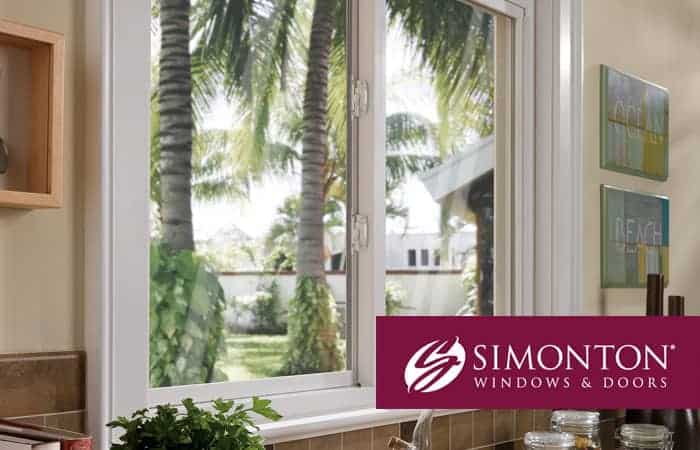
Simonton specializes in energy-efficient vinyl windows today. They've been around since 1946. Most lists of window manufacturers wouldn't put Simonton at the top. But they consistently produce good windows that are easily accessible and more affordable than other options.
Step 7: Get It Done Right
This may seem like a lot… well, it is a lot. If you want help replacing your windows, fill out the form below. Endeavor Exteriors has replaced thousands of windows in Colorado and we’d love to help with yours!
You deserve a convenient, enjoyable, and sustainable remodeling experience. We can help. Click here to learn more about replacing your windows with Endeavor Exteriors.
[/et_pb_text][/et_pb_column][/et_pb_row][/et_pb_section]Subscribe to Endeavor Exteriors's Blog
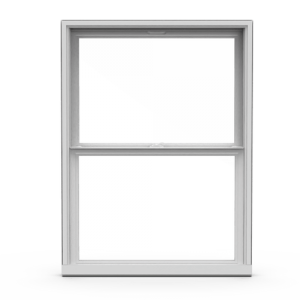
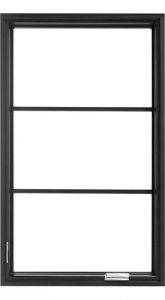
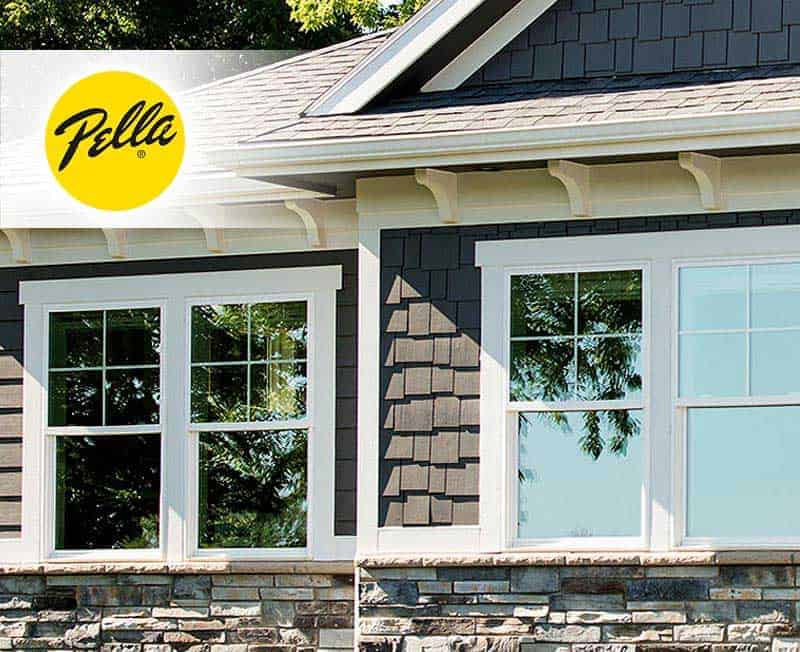



Comments